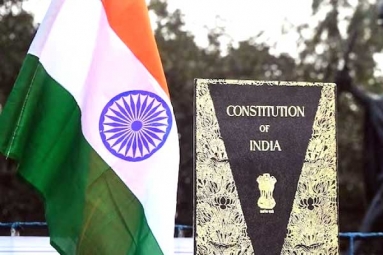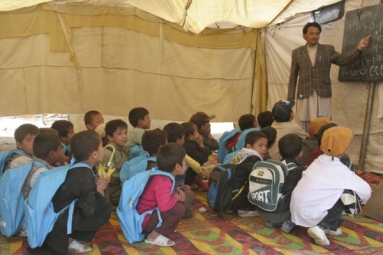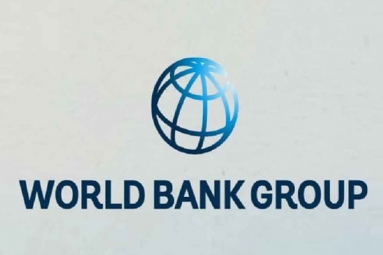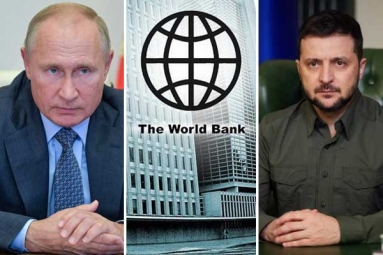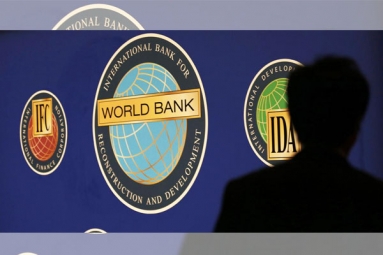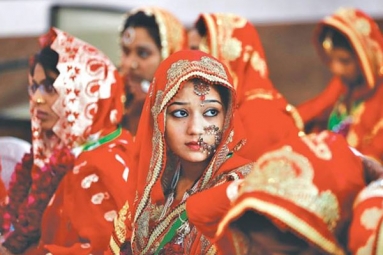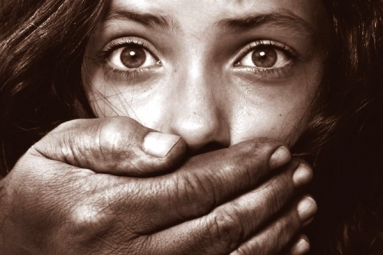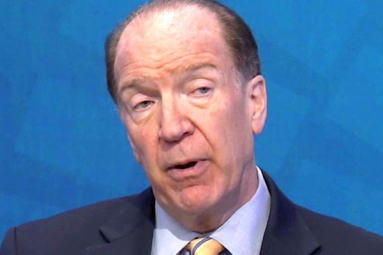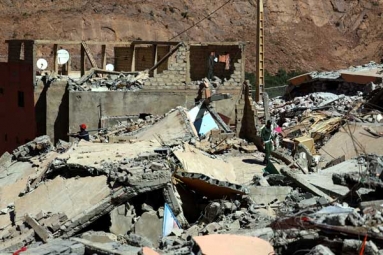
(Image source from: DNA India)
According to the World Bank, the limited education opportunities or creating an obstruction in their school education globally costs between USD 15 to USD 30 trillion.
In low-income countries, less than two-thirds of girls complete primary schools and solely one in three girls completes lower-secondary school, the bank said.
The new report findings were made public named 'Missed Opportunities: The High Cost of Not Educating Girls' on the eve of the United Nations Malala day.
"The loss in human capital wealth incurred today because many adult women did not benefit in their youth from universal secondary education (defined as 12 years of schooling) is estimated to range between $15 trillion to $30 trillion globally," the report said.
On average, women who have a secondary education are more probably to work and they take in almost twice as much as those with no education, it said.
"When 130 million girls are unable to become engineers or journalists or CEOs because education is out of their reach, our world misses out on trillions of dollars that could strengthen the global economy, public health and stability," said Malala Yousafzai, Malala Fund co-founder, and Nobel laureate.
On July 12, 2013, Yousafzai's 16th birthday, she spoke at the United Nations to call for worldwide access to education. The UN had dubbed the event "Malala Day."
"If leaders are serious about building a better world, they need to start with serious investments in girls secondary education. This report is more proof that we cannot afford to delay investing in girls," she said.
The report further states that today some 132 million girls worldwide between the ages of 6 and 17 are still not in school 75 percent of whom are adolescents.
According to a World Bank analysis, women’s educational attainment has a large potential impact on their lifetime fertility and population growth, both directly and through a reduction in child marriage and early childbearing.
It said that the simulations were carried out in 18 countries with demographic projection tools, with estimation of -0.18 percentage points, it said, adding that the cut down in annual population growth rates are yet different depending on which country is considered.
By Sowmya Sangam



